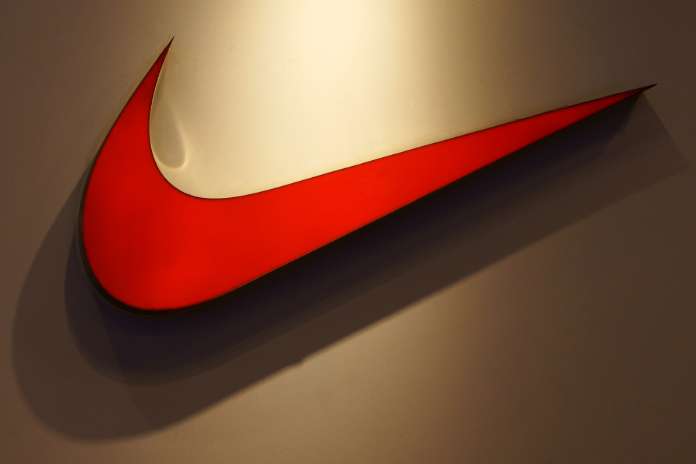Nike stock fell to its lowest level in more than 20 years due to the sportswear giant’s declining profitability due to an abundance of unsold goods.
The first fiscal quarter ended on August 31 and saw a 65% increase in North American inventory. As a result, markdowns occurred, which caused the gross margin to fall short of Wall Street’s expectations. In its earnings report, which was made public late on Thursday, the retailer blamed rising freight costs and the effects of foreign exchange, lowering its projection for the remainder of the year.
Nike Stock Challenges
Nike Inc. (NYSE:NKE) is the most recent corporation to face challenges brought on by an increasingly complicated economic landscape, which began with bottlenecks in supply chains and crowded ports. As a result of persistently rising inflation, some consumers’ purchasing power was reduced, and by the time businesses were able to get products onto shop shelves, demand had already moved. In the case of Nike stock, transportation problems led to an increase in the amount of merchandise sold outside of its typical season. In addition, the persistent appreciation of the dollar has hampered the performance of economies in other countries.
According to an analyst at Wedbush Securities named Tom Nikic, quoted in a research note, increased inventories are “creating strong margin pressure.” According to him, to “clean up the marketplace,” it is going to be necessary for Nike to engage in “excess clearance activity.”
Following the release of the poor results, several other banks, including Wedbush, lowered their price estimates for Nike stock. Wedbush was one of those banks.
On Friday, the stock price was down 13% in New York, marking the most significant decline since 2001. The stock had fallen to a level that had not been seen since April 2020, when it was still in its early stages following the outbreak. Concerns over a lack of pricing power impacted European competitors on Friday, causing shares of Adidas AG to drop 4.1% and Puma SE to drop 5.7%, respectively.
The company expects a decrease in its gross margin of between 200 and 250 basis points for the current fiscal year, in contrast to its earlier projection that the indicator of profitability would remain unchanged or fall by no more than 50 basis points. The margin erosion is anticipated to be particularly severe during the second quarter of the company’s fiscal year. Although it is still anticipated that full-year sales would expand in the low double-digit range when currency fluctuations are considered, natural expansion is now seen as occurring in the low to mid-single digits.
In particular, Nike has had a difficult time resolving logistical challenges that have been caused by port congestion and shipping logjams. The most recent quarter had a 44% increase in overall inventory compared to the previous quarter. Even while executives have remarked that delivery times are improving, the number of items in transit has increased.
Results from China
A further source of concern is China, whose Covid Zero policy has been shown to hurt the economy. Nike stock reported that sales in its Greater China market dropped by 16% during the quarter.
Executives have stated that they still regard the country as a long-term growth market and have promised to continue putting money into the region. This comes even though demand has been erratic.
John Donahoe, the company’s Chief Executive Officer, stated that Chinese customers are emerging from epidemic constraints with a thirst to spend, and the business anticipates that results will start improving. He also mentioned that there is a healthy market in North America. The first quarter’s sales in Nike’s home region came higher than analysts had anticipated.
On a currency-neutral basis, sales increased by 10% worldwide over the time in question. The overall revenue was $12.7 billion, which was more than the average projection of $12.3 billion that analysts provided; nevertheless, the profitability of those sales was lower due to markdowns. The earnings per share did not meet analysts’ forecasts.
Featured Image: Megapixl©Zllgzxy894















